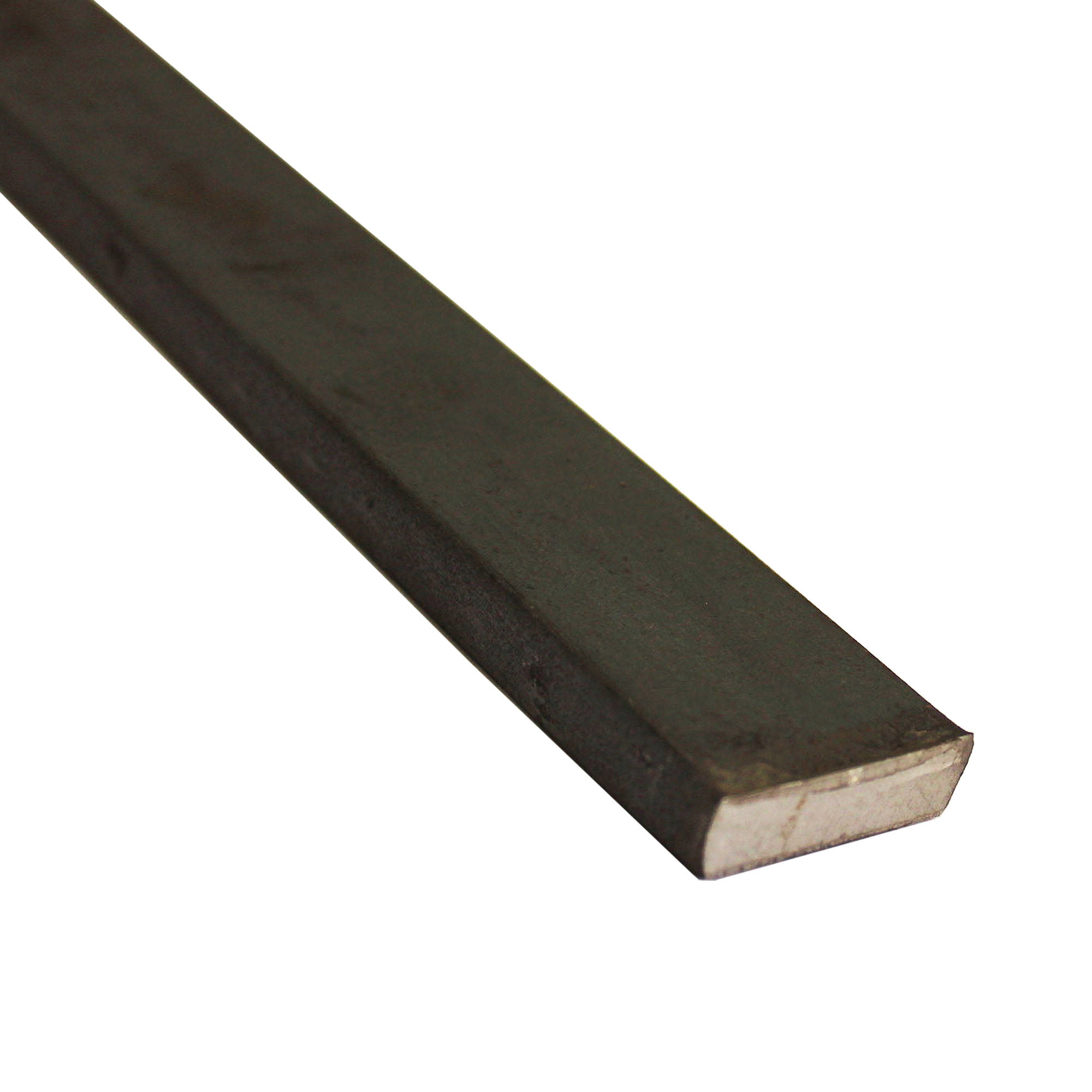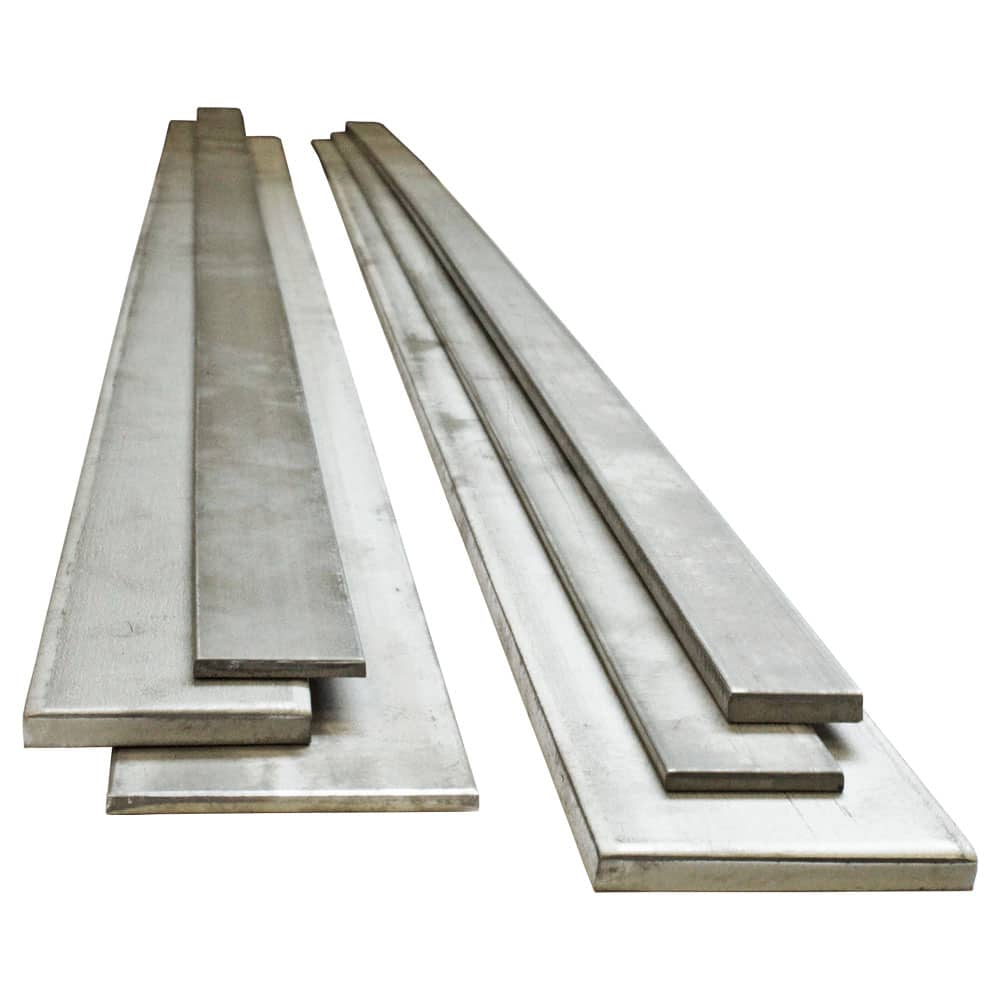- Massive Range
- FREE UK Delivery
- Rapid Dispatch
- Massive Range
- FREE UK Delivery
- Rapid Dispatch
- Massive Range
- FREE UK Delivery
- Rapid Dispatch
£13.99 – £24.99 inc VAT


This website is secured:
✔ Specialists In Rapid Shipments Of Any Size
✔ FREE UK Delivery Included
✔ Immediate Express Dispatch From Stock
✔ Tracked Delivery with Order Updates
✔ 30-Day Returns Accepted
£ Check Out Our Clearance Listing For Savings
@ ☏ Bespoke Sizes & Larger Sheets Available
Looking for a durable and versatile material? Look no further than the 25mm Width x 5mm Thick Metal Flat Bar Stainless Steel Strips from Speciality Metals. These strips come in various lengths and boast impressive properties such as corrosion resistance, weather resistance, chemical resistance and heat resistance. Plus, with its malleable nature and hygienic properties, stainless steel makes for an excellent choice in just about any application. From construction projects to industrial machinery, these stainless steel strips are sure to stand up to the toughest conditions. So why settle for anything less?
Choose the reliable and long-lasting option with stainless steel strips today!

Top quality metal flat bar stainless steel strips supplied straight from Warrington, UK. As the name suggests, stainless steel flat bar is essentially pre-fabricated stainless steel strips.
There are dozens of widths and thicknesses of Stainless Steel Strips available from 20mm x 3mm thick up to 50mm x 6mm thick.
Stainless steel strips offer a level of durability that is unmatched by other materials. This is especially true of the 25mm width x 5mm thick metal flat bar options from Speciality Metals. These strips are not only durable, but versatile as well. They can withstand the harshest weather conditions, as well as exposure to chemicals and heat. Additionally, stainless steel strips are highly malleable, allowing them to be shaped and formed in a variety of ways. They also possess hygienic properties, making them an excellent choice for use in a wide range of settings. Whether you are looking to fabricate a complex piece of machinery or simply need a sturdy, corrosion-resistant material for a DIY project, stainless steel strips are the way to go.
These are the available options from stock:
Speciality Metals is known to be the United Kingdom’s best up-and-coming small-quantity metal company.
Furthermore we stock a vast range of stainless steel sections that compliment our mesh range perfectly.
Over 50,000 customers of Specialty Metals are provided with fast, friendly customer service every year. We’re the place to try when you need metal of any shape and size. We’re based in Warrington, UK.
We pride ourselves on our rapid turnaround and a large range of options.
We are developing our online offers to give more customers access to the best metals and mesh available in the UK.
Our mission is to be the UK’s go-to supplier for small-quantity metal requests. With an ever-growing range of products, we provide you with high quality materials, outstanding customer service and fast delivery times. Our experienced staff
We also carry a wide range of mild steel sheet metal, angle iron and round tube.
Yes, 304 stainless steel flat bars can be used in contact with other metals, but there are certain considerations to be aware of to avoid potential issues, primarily galvanic corrosion.
Galvanic Corrosion: When two dissimilar metals come into contact in the presence of an electrolyte (like water), a galvanic cell can be created, causing one of the metals (the more anodic or “less noble” one) to corrode preferentially. The extent of this corrosion depends on the pair of metals in contact and the environment.
Some precautions and considerations when using 304 stainless steel in contact with other metals:
Electrochemical Series: Understanding where each metal lies on the electrochemical or galvanic series is crucial. Metals close to each other on this series are less likely to cause galvanic corrosion when in contact.
Insulation: If possible, insulate the metals from each other using non-conductive materials like rubber or plastic washers or gaskets. This will prevent the direct electrical contact necessary for galvanic corrosion to occur.
Environmental Conditions: Dry environments pose less risk since the absence of an electrolyte (water) minimises the potential for galvanic corrosion. However, in wet, salty or acidic environments, the risk is amplified.
Size Ratio: If the surface area ratio between the cathodic (more noble) metal and the anodic metal is large, the anodic metal can corrode more intensely. For instance, if a small steel bolt is used with a large stainless steel plate, the bolt may corrode rapidly.
Coatings: Applying coatings or paints can act as a barrier, preventing direct contact between the metals or isolating them from the electrolyte.
Regular Inspection: Even with precautions, it’s wise to regularly inspect the metals, especially in critical applications, to ensure no unforeseen corrosion is occurring.
304 and 304L stainless steel are closely related materials, both belonging to the austenitic family of stainless steels. However, they have distinct differences, primarily in carbon content:
Carbon Content: The most noticeable difference between 304 and 304L stainless steel is the carbon content. 304L is considered a low-carbon version of 304. Specifically, 304 contains a maximum of 0.08% carbon, while 304L contains a maximum of 0.03% carbon.
Corrosion Resistance: Both 304 and 304L offer good corrosion resistance. However, the reduced carbon content in 304L minimises the risk of sensitisation, a phenomenon where chromium carbides form at grain boundaries, making the material susceptible to intergranular corrosion, especially after welding or exposure to high temperatures.
Weldability: Due to its lower carbon content, 304L is better suited for applications that require welding. The reduced carbon content helps prevent the formation of chromium carbides in the heat-affected zone during welding, which can lead to intergranular corrosion.
Mechanical Properties: Both 304 and 304L have similar mechanical properties. But because of the lower carbon content, 304L can be slightly weaker than 304 in terms of strength and hardness.
Usage: Both materials are used in a wide range of applications due to their excellent corrosion resistance and formability. 304L is preferred in more corrosive environments or where welding is necessary, while 304 can be used in various general applications.
Yes, 304 stainless steel flat bars are well-suited for bending and forming due to their inherent ductility and malleability. As an austenitic grade, 304 stainless steel possesses excellent formability, allowing it to be shaped into various configurations. However, when bending or forming 304 stainless steel flat bars, it’s essential to consider factors like the bending radius, the thickness of the bar, and potential work hardening. Work hardening occurs when the steel is deformed, making it harder and stronger but also more brittle, which can influence further processing or bending. To optimise bending and forming processes, it’s often recommended to employ specific techniques or tools designed for stainless steel, and in some cases, annealing may be required post-forming to relieve stresses and restore some of the material’s original properties. In essence, while 304 stainless steel flat bars are highly formable, careful attention to the bending process can ensure successful results without compromising the material’s integrity.
Check out our recent article ‘Stainless Steel Flat Bar: The Versatile Metal Strip You Need To Know’ for a deeper dive into steel metal strip. Our goal for our blogs and help guides is to answer as many questions as possible to help to explain the possibilities of mesh to our customers.
We are also very proud of our ever expanding YouTube channel.
Contact us today if you have any questions at all. We are always really keen to help in any way that we can.
We are also very proud of our highly popular eBay store, check us out there too.
Thank you for checking out our product.
£10.99 – £19.99 inc VAT
£11.99 – £34.99 inc VAT

£10.99 – £19.99 inc VAT

£11.99 – £34.99 inc VAT
Speciality Metals
Unit 1, Farrell Street, Warrington,
Cheshire, WA1 2WW, United Kingdom
Quick Links
Payment Options
